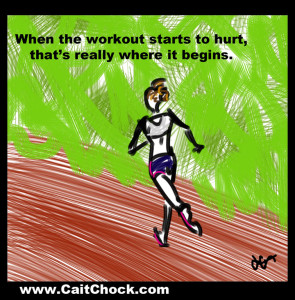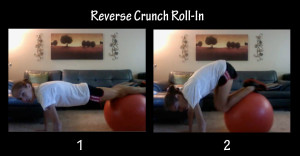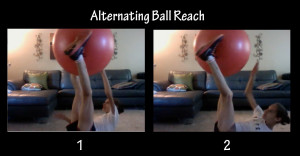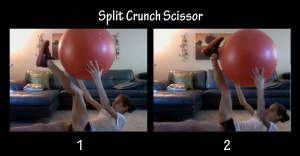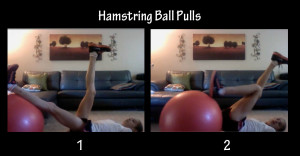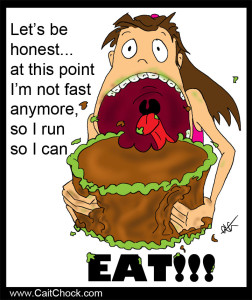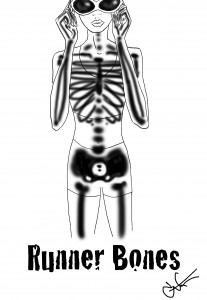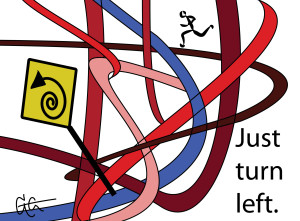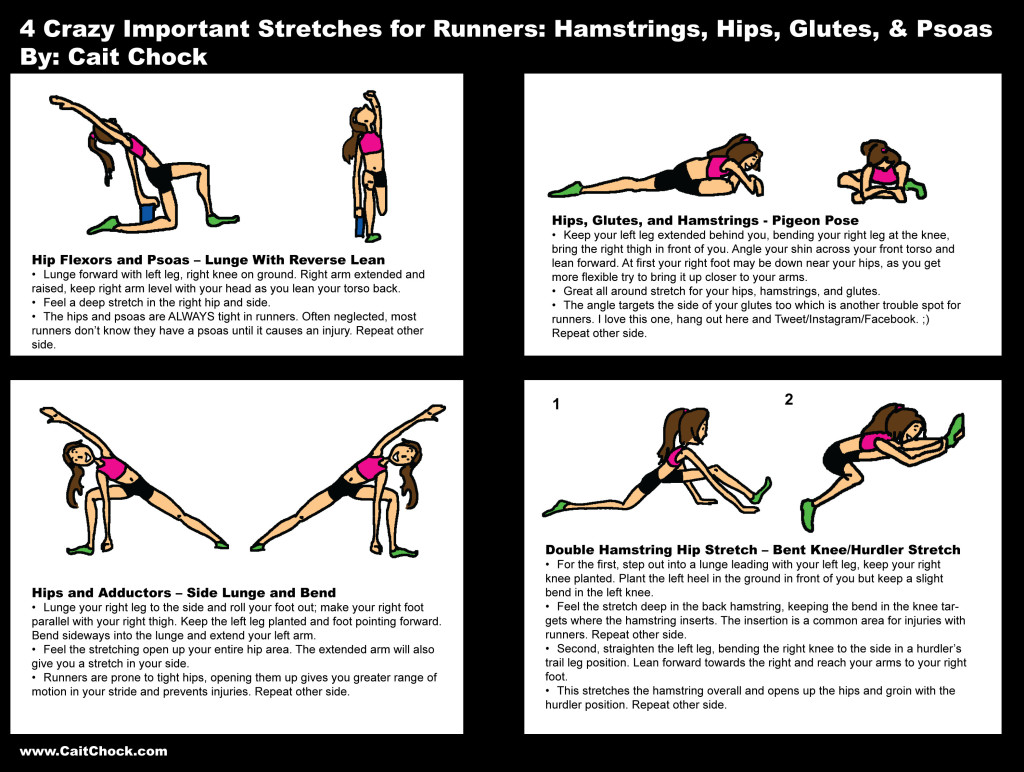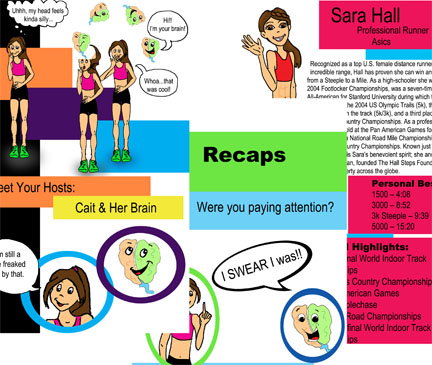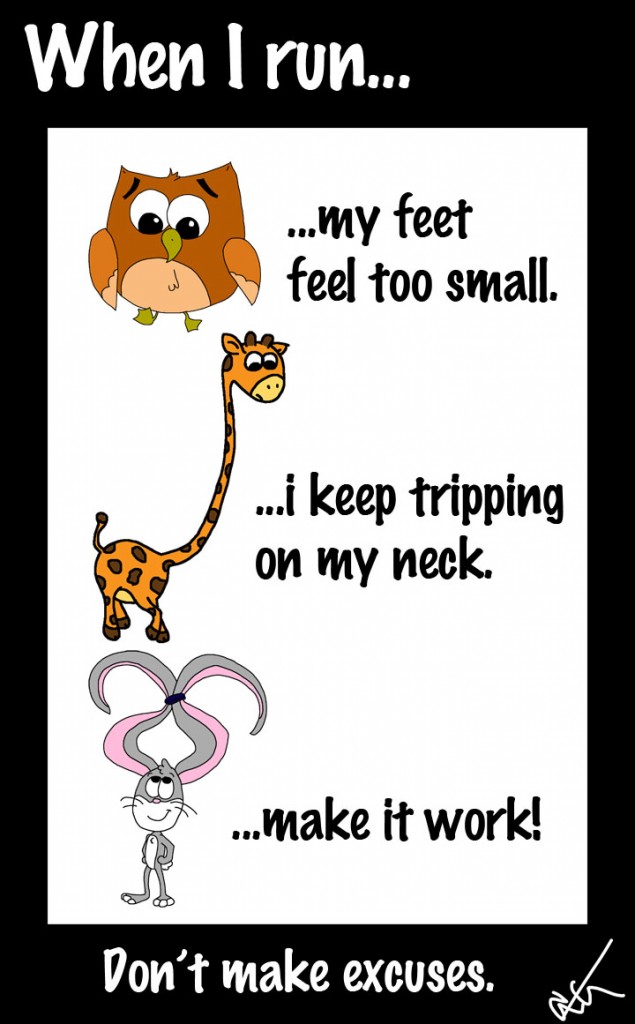A friend of mine was asking his runner friends what their favorite training tracker or log was. Apps, watches, etc. were all thrown out there. Personally I don’t use any of the online training upload apps or sites, not that I have anything against them, I just have a love/hate relationship and here’s why.
1) What are you comparing?
Now I’m OCD and I know that about myself. I abstained from buying a Garmin for so long because I can easily turn it into an ugly thing with knowing too many numbers. I know that about myself. But I also know the watch can be a great tool to use. So I bought it and learned how I can ‘safely and sanely’ use it. And yea, I flipping love it.
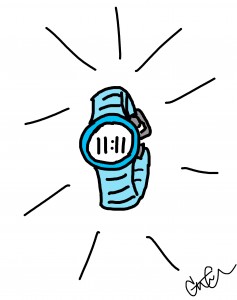
But I don’t upload stats and pour over the elevation charts, I don’t wear a heart rate monitor I go off of effort, I don’t want to feel like a scientist about my runs. But that’s just ME. Of course hard workout splits I do care much more about, but I don’t look at the splits on my easy days.
But some people LOVE all the stats…that’s cool beans, that’s why they make all those things! I just caution you to compare what matters and what can actually be destructive.
* Fast Hard Workout Splits Matter.
* Fast Easy Run Splits Work Against you.
Make sure you’re able to recover on your easy days so you can NAIL those hard days. Those are what count.
2) Competition for the sake of competition?
Lots of runners are Type-A, a bit OCD, and of course competitive. Now there are things to be competitive about: races, PR’s, etc…but then there are other things that are just dumb and destructive.
If you’re trying to do XXX amount of miles because you want to beat Joe Moe’s total miles at MilesTrackerMadness.com (just pulled that outta my head, not a real site??) then you could wind up injured or overtrained.
They don’t give PR’s or medals to people in training, what matters should be race day. If you’re feeling sucked into wanting to do more for the sake of just doing more stop and ask yourself this:
“What’s in the best interest of my long term running goals?”
Btw…who knows if Joe Moe is even being truthful?
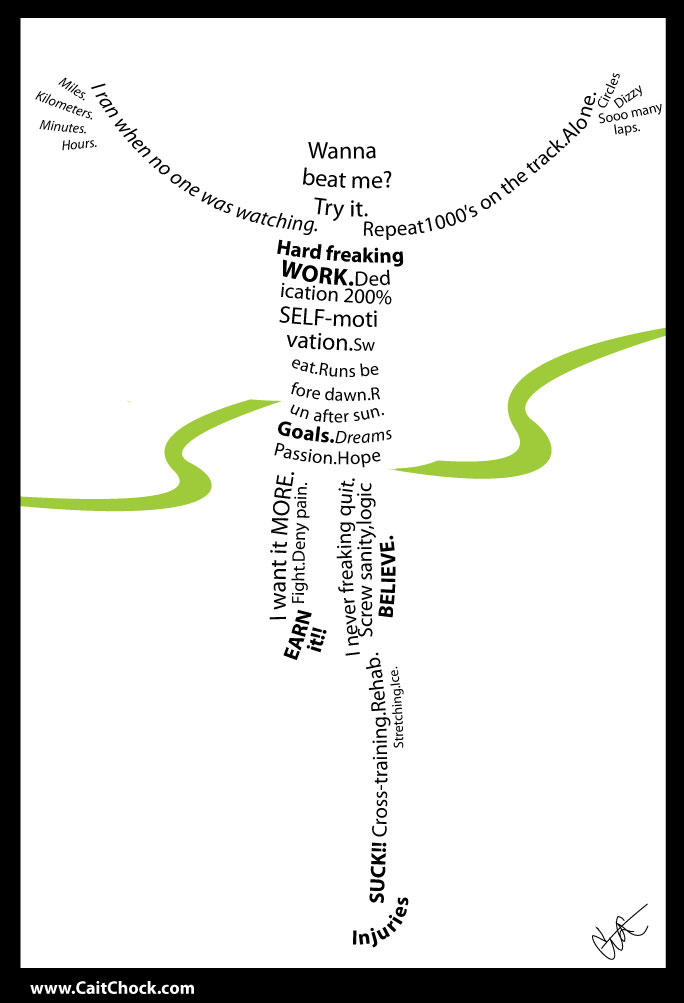
3) Motivation versus Pessimistic attitude
Most runners are motivated when they see incredible feats like Meb winning the Boston Marathon!! Hurrah!! But thinking on a more logical scale, seeing what people are doing who are closer to your fitness level, running pace, or age can be just as motivating. If you’ve run with someone and trained frequently with them, if you know you can keep pace with them in a workout and you see they raced XXX you should be feeling quite confident that you, yourself have the ability to race XXX.
The problem is when runners come down with the wrong perspective…namely a pessimistic one. “What the heck, Meb can run a whole marathon faster than I can run a half! Why am I even bothering?!” That’s really just an excuse your brain has for wanting to be lazy and not try at all. 😉
You will probably never beat Meb…yo, honesty policy. But you shouldn’t be comparing yourself to Meb unless you’re on ‘that level’. The motivation of elite runners should come in the way of:
* Running hurts for everyone. The test is pushing YOUR limits.
* Running is fun. If you’re not keeping it that way then that’s sad and find something you are passionate about.
* Compete agains yourself. PR’s are called PERSONAL Records. You set a new one and THAT is something to be proud as heck about.
Keep things in perspective and realize what you SHOULD be comparing your running to and what you shouldn’t. Use any App or community training forum as the positive it can be: a motivating space for people to stay on track and dedicated to their goals.
Emphasis on THEIR…ahem…YOUR GOALS. 😉
1) What do you compare?
2) How do you, and how much do you, use a training log?



